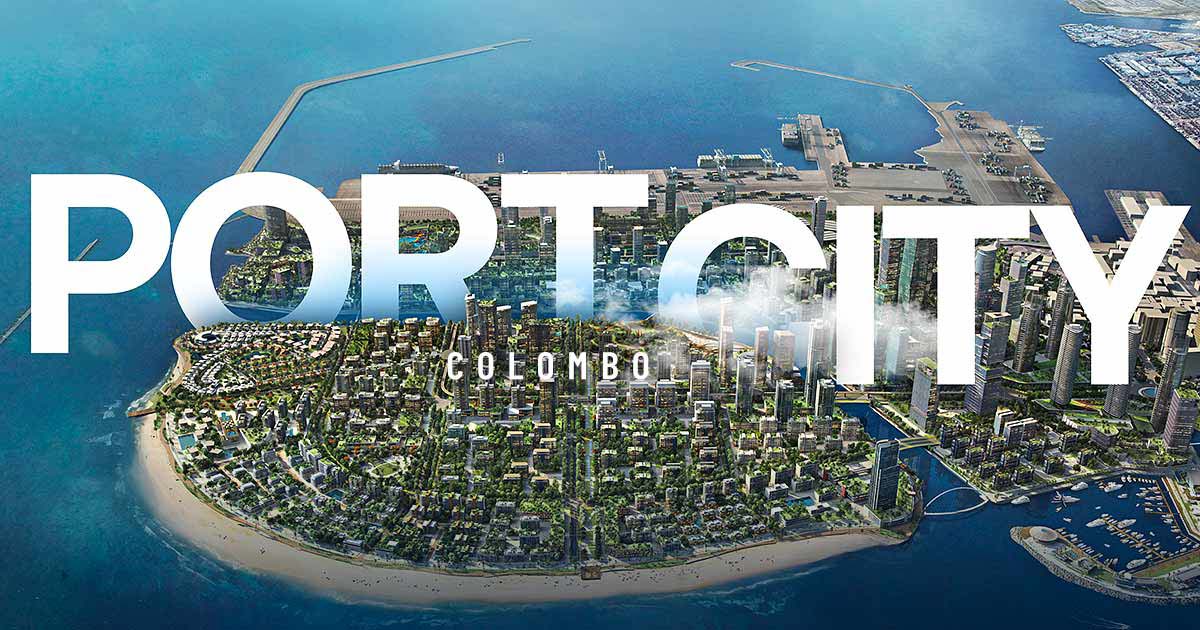A New Chapter for Colombo
Colombo, Sri Lanka’s bustling commercial capital, is preparing for an architectural and cultural transformation with the upcoming Clothespin Towers—a $540 million mega-development announced for Port City Colombo, the country’s flagship Special Economic Zone (SEZ). The project promises not only visual spectacle and luxury accommodation but also aims to become a global landmark by incorporating the world’s largest vertical art gallery, Sri Lanka’s first-ever seven-star hotel, and a symbolic Grand Clock.
Led by Clothespin Management and Development (Private) Limited, this visionary project seeks to position Colombo among the elite cities of the world. But behind the ambitious design lies a complex web of economic hopes, social implications, and cultural aspirations.
The Vision Behind the Clothespin Towers
Inspired by an unbuilt concept from Israeli artist Zygo originally envisioned for Dubai, the Clothespin Towers in Colombo are designed to resemble a giant clothespin. The twin towers will span 24,324 square meters, combining luxury residential units, upscale retail spaces, premium office environments, and world-class art spaces—all set against the Indian Ocean.
One of the defining features of the towers will be the vertical art gallery—each floor curated as an immersive artistic experience, highlighting global and Sri Lankan talent alike. Alongside it, the 15-meter-tall Grand Clock is intended as a symbolic landmark, aiming to echo the global appeal of Big Ben in London.
While detailed 3D renders and final designs remain under wraps, concept visuals based on the Dubai version suggest a surreal, futuristic aesthetic. Expectations are high that the Sri Lankan version will blend modernist style with local cultural elements, setting a new benchmark in regional architecture.
A Seven-Star Hotel in Sri Lanka?
Perhaps the most headline-grabbing feature is the inclusion of Sri Lanka’s first “seven-star” hotel. Though “seven-star” remains an unofficial term—since global hotel ranking systems typically max out at five stars—the phrase conveys ultra-luxury, exceptional privacy, and exclusive service. The Burj Al Arab in Dubai was the first to earn this tag through media hype rather than institutional designation.
Clothespin Towers aims to deliver a similar ultra-luxury experience, rivalling international icons. While the actual star rating remains unofficial, this hotel is expected to offer unprecedented luxury to high-net-worth individuals, VIPs, and discerning international travellers. It joins a small but growing list of projects such as the Aviyana project in Kandy, which also aspires to redefine luxury in Sri Lanka.

Economic Impact: High Hopes, Real Challenges
At $540 million, the Clothespin Towers project is one of the largest single foreign direct investments into Sri Lanka’s real estate and hospitality sector in recent years. As the nation recovers from economic turmoil and foreign reserve challenges, such inflows offer a much-needed financial lifeline.
Potential Economic Benefits:
- Job creation across construction, retail, hospitality, and tourism.
- Boost to local suppliers and service providers (e.g., farmers, logistics firms).
- Growth in luxury tourism, real estate, and global brand visibility.
- Enhanced FDI confidence in Port City Colombo as an SEZ with tax incentives and investor-friendly policies.
Risks and Challenges:
- Land displacement and concerns over elite-led development.
- Income inequality as benefits may largely favour foreign investors and upper-class Sri Lankans.
- Loss of tax revenue, as SEZ incentives often reduce public contributions from large projects.
- Overdependence on foreign capital, especially Chinese-backed infrastructure, raising sovereignty concerns.
A 2023 World Bank report acknowledged the SEZ model’s benefits but also warned of pitfalls if regulatory oversight and local stakeholder inclusion are weak.
Art, Culture, and Global Recognition
The vertical art gallery at Clothespin Towers is poised to transform Colombo’s cultural scene. This world-first concept aligns with the global trend of embedding art into urban infrastructure, turning buildings into both public spaces and tourist attractions.
Similarly, the Grand Clock—though not as towering as London’s Big Ben—is being positioned as a symbolic feature. Aiming for Guinness World Record recognition, it adds an element of international prestige and could become a defining image of modern Colombo.
If executed well, the combination of luxury, culture, and design innovation may elevate Sri Lanka’s brand as both a travel destination and creative capital in South Asia.
Transparency, Timelines, and Caution
As of July 2025, Clothespin Towers remains in early stages. While the project has generated excitement, it has also triggered concerns due to lack of transparent details around funding, timeline, and local partnerships.
Sceptics point to failed or delayed mega-projects in Sri Lanka’s past—such as the long-stalled Ritz Carlton Tower, which was marred by allegations of corruption and mismanagement. These precedents fuel public caution, especially on social media platforms like X (formerly Twitter) where critics raise alarm over foreign capital dominance, urban exclusivity, and opaque contracts.
A Future-Defining Moment for Sri Lanka
The Clothespin Towers project is more than just a skyline addition—it’s a litmus test of how Sri Lanka can balance ambition with accountability. With a $540 million investment, a claimed seven-star hotel, a record-setting art gallery, and a cultural vision, the development could place Colombo among the world’s top luxury cities.
But this transformation must come with inclusive policy, community consultation, and strict governance. Only then can the towers stand as symbols of progress—not exclusion.
Stay tuned to Lanka Biz News for continued coverage on this evolving story.





